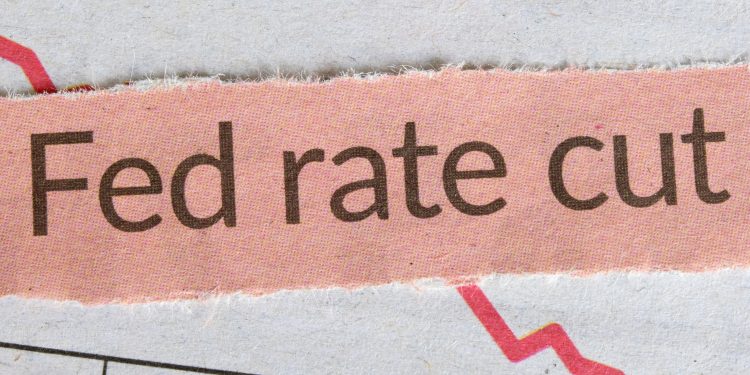Investors are keenly awaiting the US Federal Reserve’s decision on interest rates, expected after the Federal Open Market Committee meeting. The debate centers on a potential 25 or 50 basis point cut, with a 50-basis point reduction being the favored outcome.
This decision could significantly impact Gulf markets, especially Saudi Arabia. Financial experts predict enhanced market liquidity, particularly in key sectors.
Attracting Investments
Mohammed Al-Farraj of Arbah Capital highlighted a 68% likelihood of a 50 basis point rate cut, which could draw more foreign investment into Saudi Arabia. This influx would boost trading volumes and liquidity in the Saudi stock exchange. Lower interest rates are also expected to positively affect corporate revenues, reduce financing costs, and improve profit margins, enhancing the overall market value.
Key Benefiting Sectors
Ibrahim Al-Nuwaibet from Qima Capital believes stock prices might not change significantly as markets often preempt interest rate decisions. However, finance companies and sectors reliant on long-term contracts could benefit. The petrochemical sector, including firms like SABIC, Yansab, and Aramco, might also see gains, albeit more gradually.
Gulf Central Banks
Gulf central banks are expected to follow the US Fed’s lead on monetary easing due to their currency pegs to the US dollar. Saudi Arabia’s central bank (SAMA) is likely to reduce rates in tandem with the Fed. In July, SAMA and other Gulf central banks raised their rates to align with the Fed’s hikes.
However, reduced profitability for Gulf banks is anticipated, with Standard & Poor’s predicting a 12% decline in profits post-rate cut.
Inflation and Market Outlook
Abdullah Al-Jubaili, an analyst, noted that US inflation has dropped significantly after two years of high interest rates, affecting global economies. He cautioned that a single 50 basis point cut might not be enough to fully reinvigorate economic growth.


